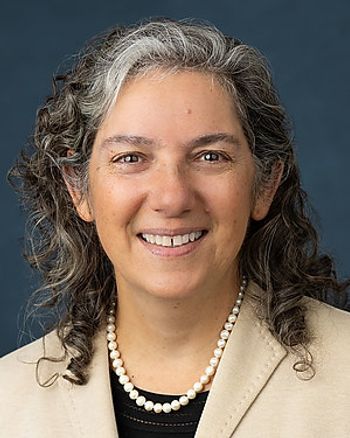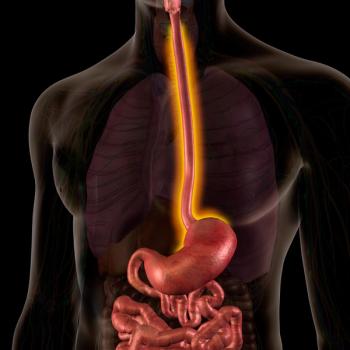
Children's dose-dependent CA-MRSA risk increases with antibacterial use
Antibacterial drug use in children is associated with a dose-dependant increased risk of acquiring community-associated methicillin-resistant Staphylococcus aureus (Ca-MRSA), according to the results of a population-based, case-control study reported online August 1 in the Archives of Pediatrics & Adolescent Medicine.
Antibacterial drug use in children is associated with a dose-dependant increased risk of acquiring community-associated methicillin-resistant Staphylococcus aureus (CA-MRSA), according to the results of a population-based, case-control study reported online August 1 in the Archives of Pediatrics & Adolescent Medicine.
According to the authors, studies of CA-MRSA in the pediatric population have been scarce, but those that have been conducted have indicated that CA-MRSA is increasing in incidence among children and that children constitute a high-risk population. In addition, the authors write, studies have indicated a dose-dependant association between antibacterial drug prescriptions in primary care, with later diagnoses of CA-MRSA in adults. Because data concerning children are sparse, the authors conducted a study to investigate the association between use of antibacterial agents in children and later diagnosis of CA-MRSA. Number and class of antibacterial drug prescriptions were considered.
Using the General Practice Research Database (GPRD) of the United Kingdom (England, Northern Ireland, Scotland, and Wales), the authors identified 297 children diagnosed with MRSA as outpatients and matched them with 9,357 control cases. Children were between the ages of 1 and 19 years old. Exposure to antibacterial drugs was assessed during the 180 to 30 days prior to the index date.
“We assessed antibacterial drug prescriptions and their association with MRSA in conditional logistic regression models, unadjusted and adjusted for potential confounders. Because MRSA is a rare disease, we report odds ratios as rate ratios [RRs],” the authors wrote.
The authors found that the rate of MRSA was 4.5 per 100,000 per year. During the 150-day exposure window, 52.5% of the 297 cases and 13.6% of the 9,357 control patients received antibacterial drug prescriptions. Children with any prior antibacterial drug prescription were at a 3 times higher risk of MRSA diagnosis compared to those without (adjusted RR=3.5; 95% CI, 2.6–4.8). The RRs increased with each antibacterial drug prescription. The RR was 2.2 for 1 prescription (95% CI, 1.5–3.2); 3.3 for 2 prescriptions (95% CI, 1.9–5.6); 11.0 for 3 prescriptions (95% CI, 5.6–21.6); and 18.2 for 4 or more prescriptions (95% CI, 9.4–35.4).
The association between class and later diagnosis of MRSA was particularly strong for macrolides (RR=5.2; 95% CI, 3.3–8.4) and quinolones (RR=14.8; 95% CI, 3.9–55.8).
“Antibacterial agents are not a necessary precondition for MRSA, but there is a robust association of antibacterial drug prescriptions with a subsequent diagnosis of MRSA for children in the community,” the authors wrote. “Although we could not establish causality of the association, our results support efforts to minimize unnecessary antibacterial drug prescribing, particularly of second-line agents, to children in the community. Given limitations in case ascertainment, our CA-MRSA incidence estimates should be cautiously interpreted.”
Newsletter
Get the latest industry news, event updates, and more from Managed healthcare Executive.

















































